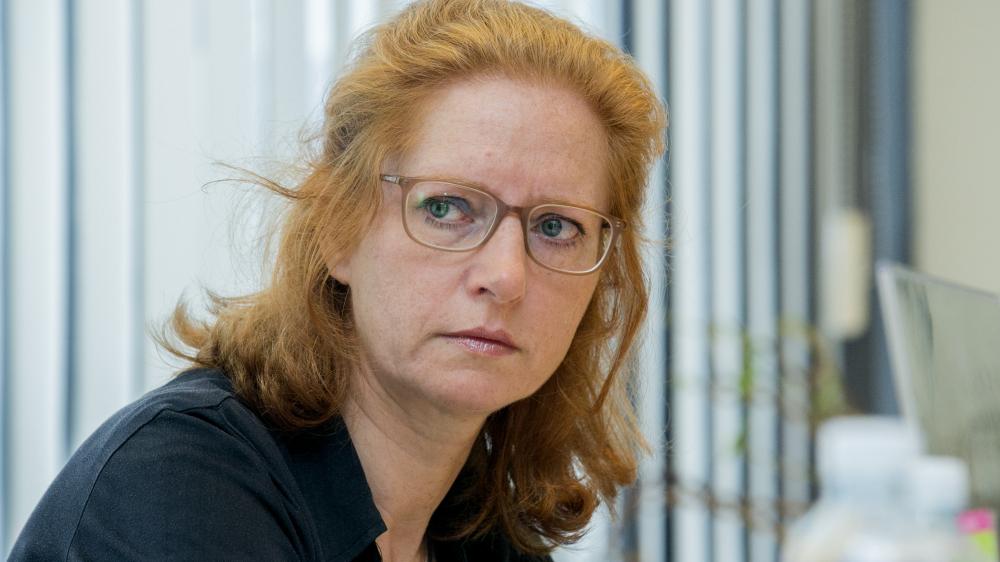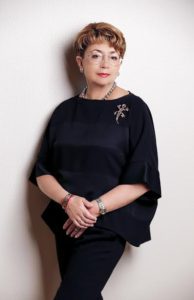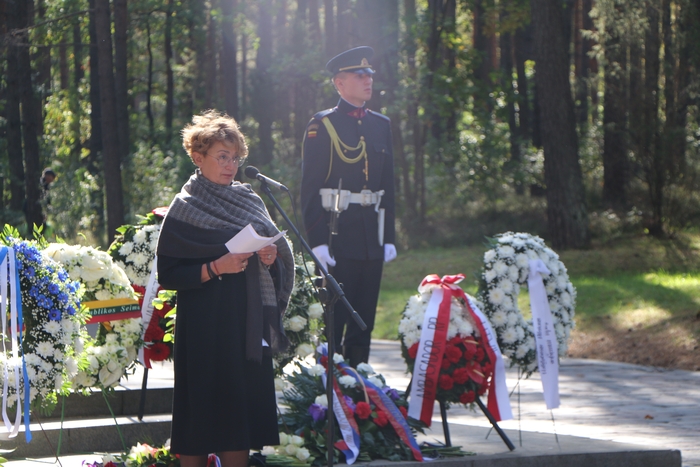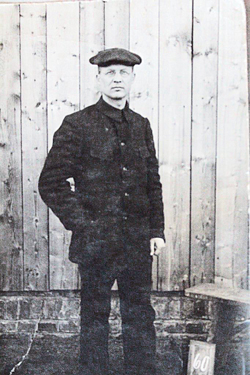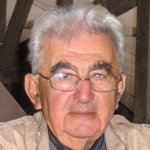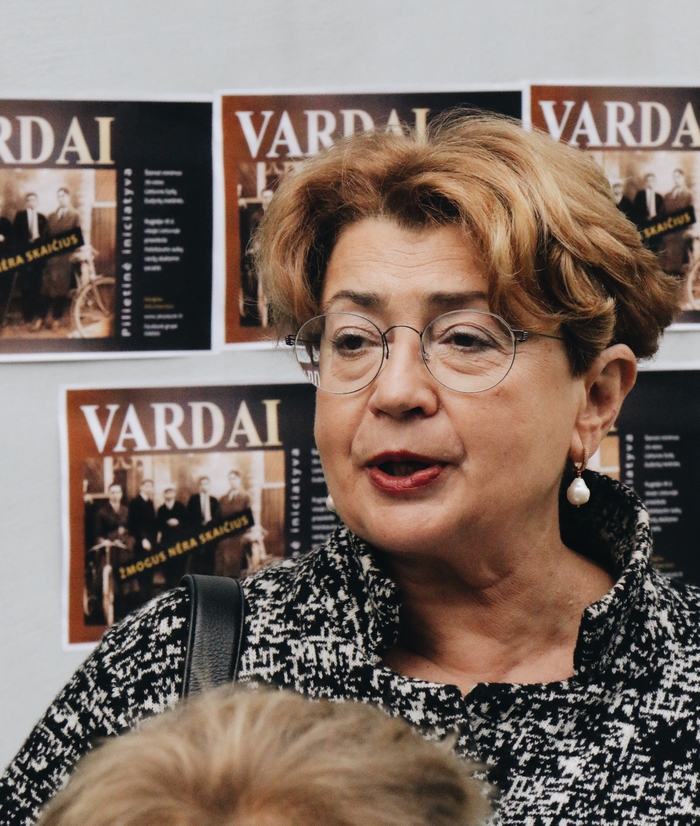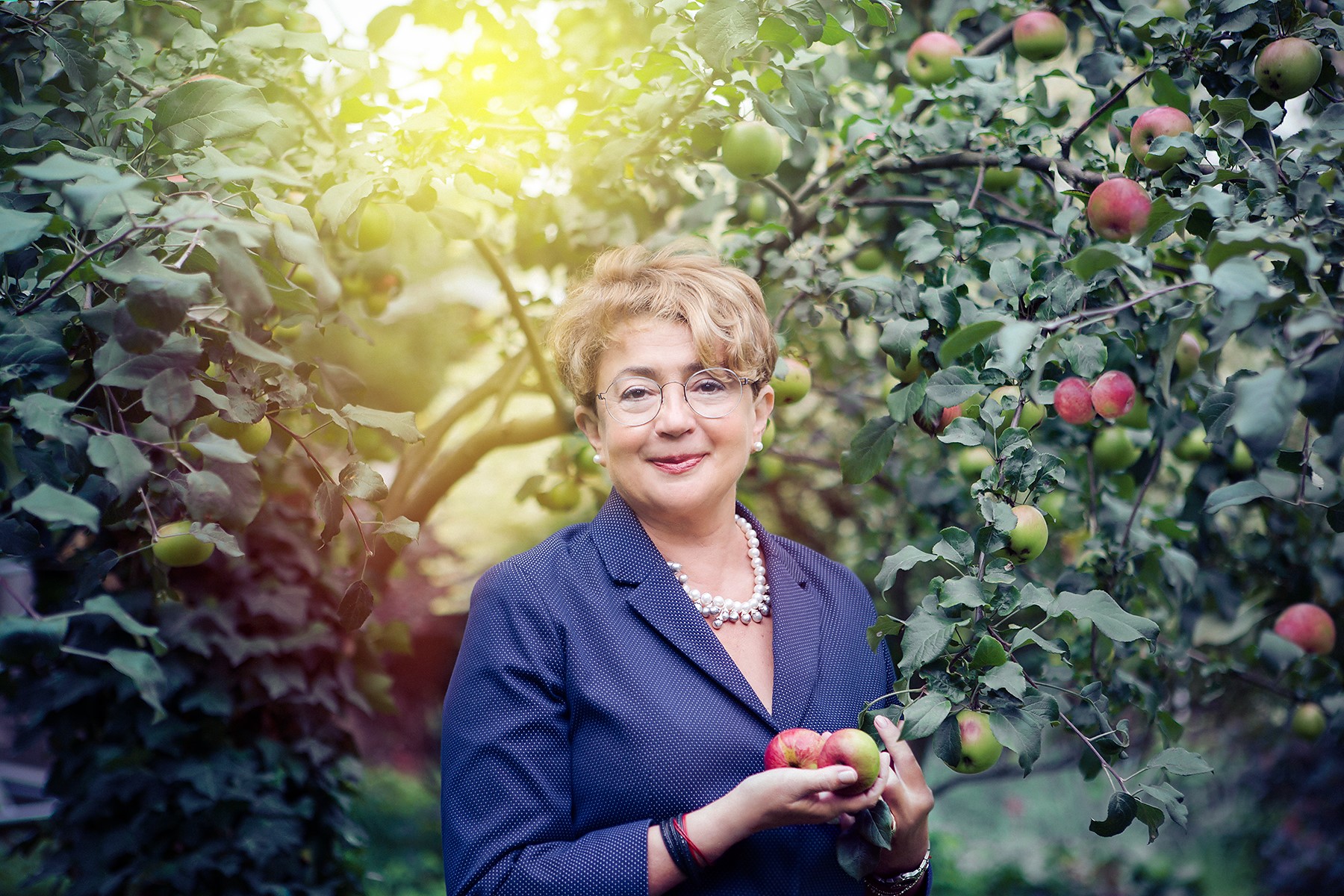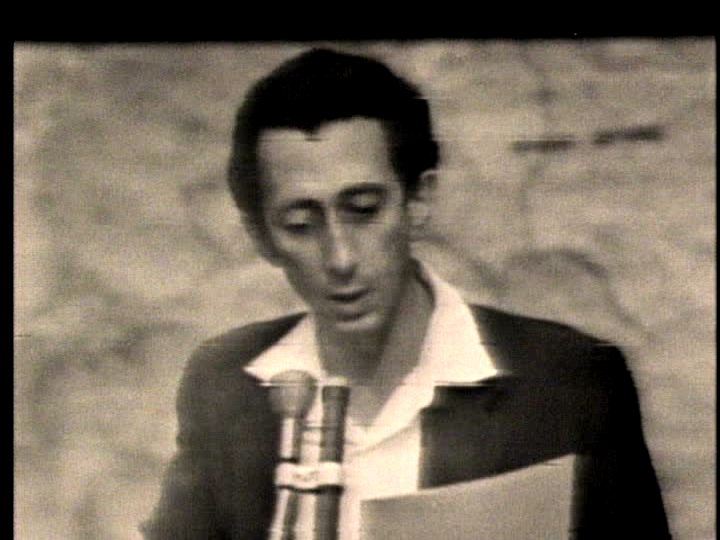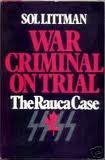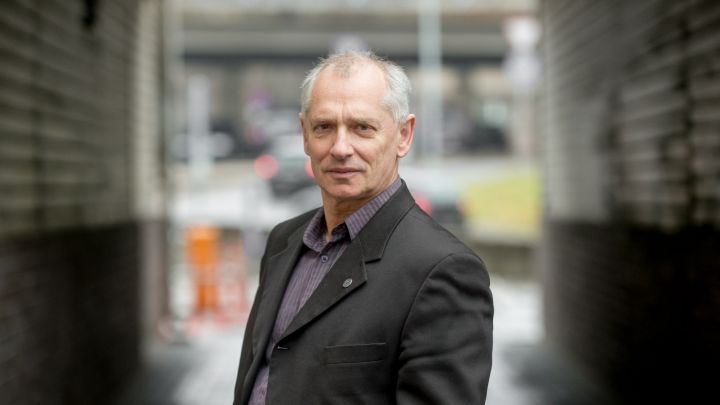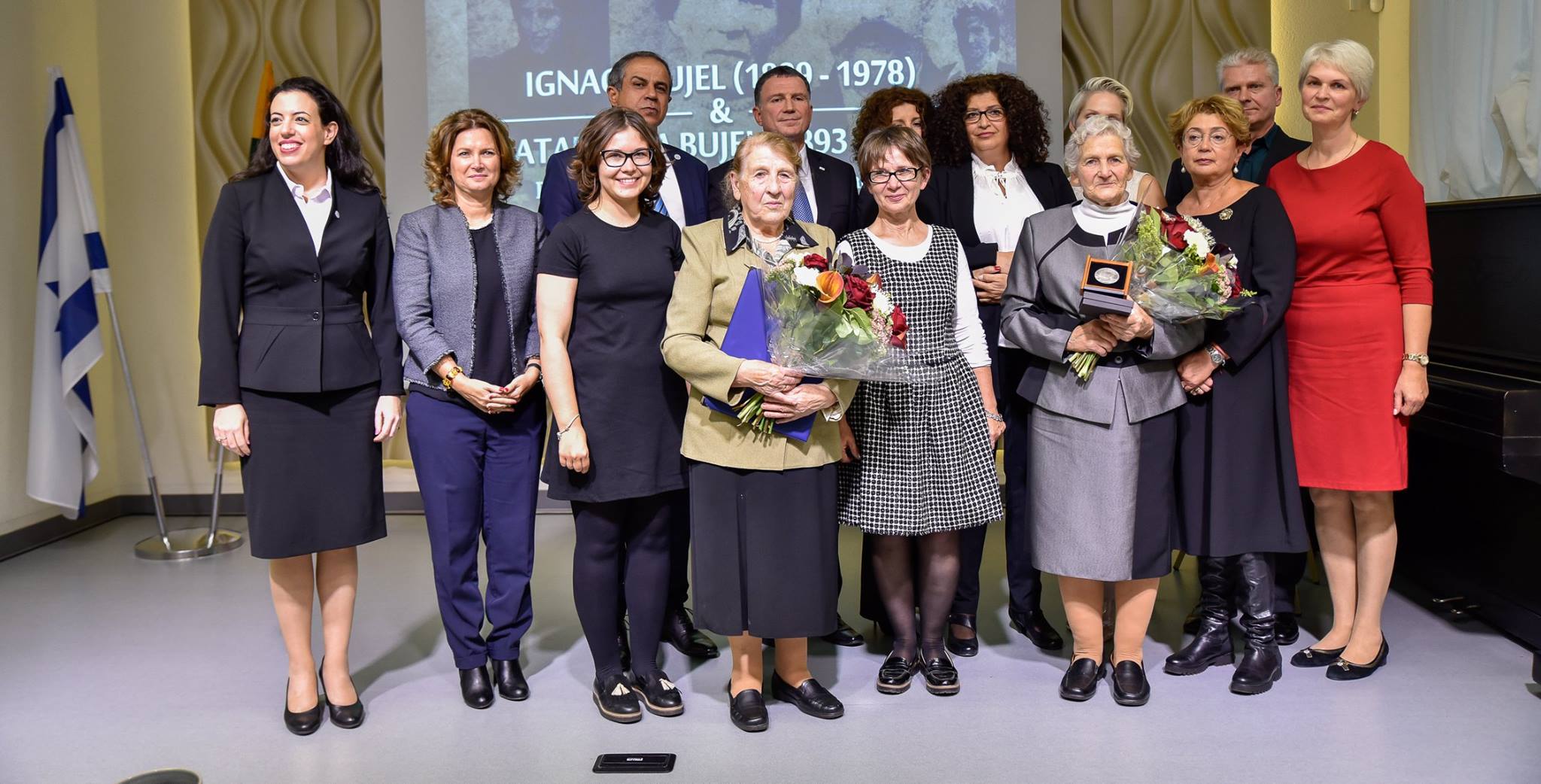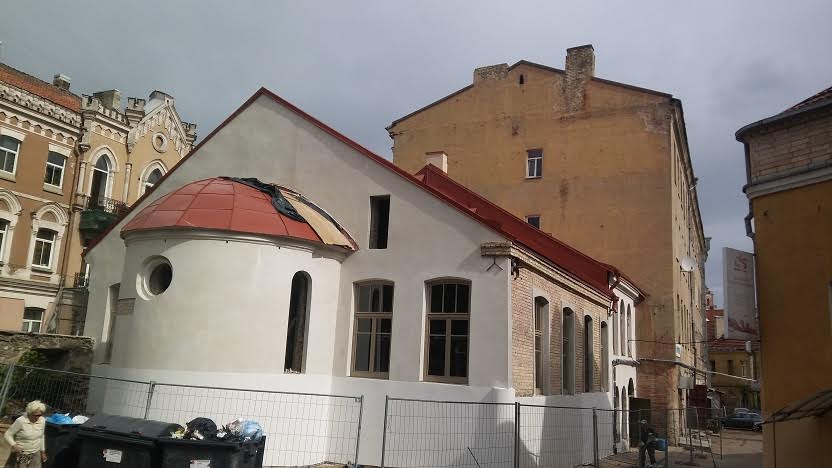
You’re invited to a sneak-peak of the newly renovated Zavl synagogue located at Gėlių street no. 6, Vilnius. at 4:00 P.M. on Sunday, October 1, 2017.
The synagogue on Gėlių street is one of only eight such buildings which survive in Vilnius. It is currently undergoing extensive restoration work.
We have brought together a team of young designers to address some important issues concerning the re-emergence of the building into the life of 21st-century Vilnius. It likely will play a role in the continuity of Jewish life in the city, but so far its future function hasn’t been determined.
The designers come from different backgrounds and have different ideas about “what design can do.” Most are alumni from the Vilnius Academy of Arts and six studied at the Design Academy in Eindhoven, the Netherlands, one of the world’s leading institutions for critically examining the role of design in society. Two Eindhoven graduates previously studied in Israel.
The presentation on Sunday will consist of ideas, associations and suggestions, not definite projects. They are all connected to the long history of the building and the Jewish presence in Lithuania but they are not intended as memorials. Instead, the presentations are intended to serve as a jumping-off point for future projects dealing with issues facing many communities in a globalized world: how to weave strands of culture, tradition, heritage, religion, identity and history into the fabric of contemporary life.
The presentation starts at 4:00 P.M. at Gėlių street no. 6, Vilnius.
We would very much appreciate your presence.
Koen Kleijn, Design Academy Eindhoven
Vytautas Gečas, Performance Design Association, Vilnius
Martynas Užpelkis, Lithuanian Jewish Community


